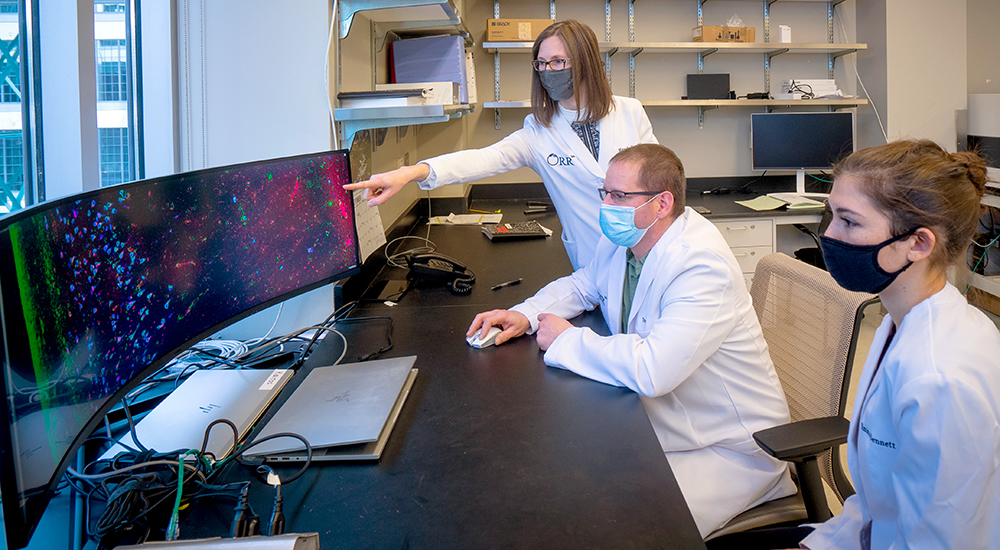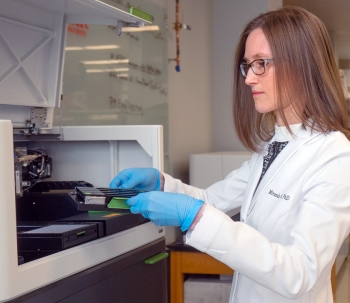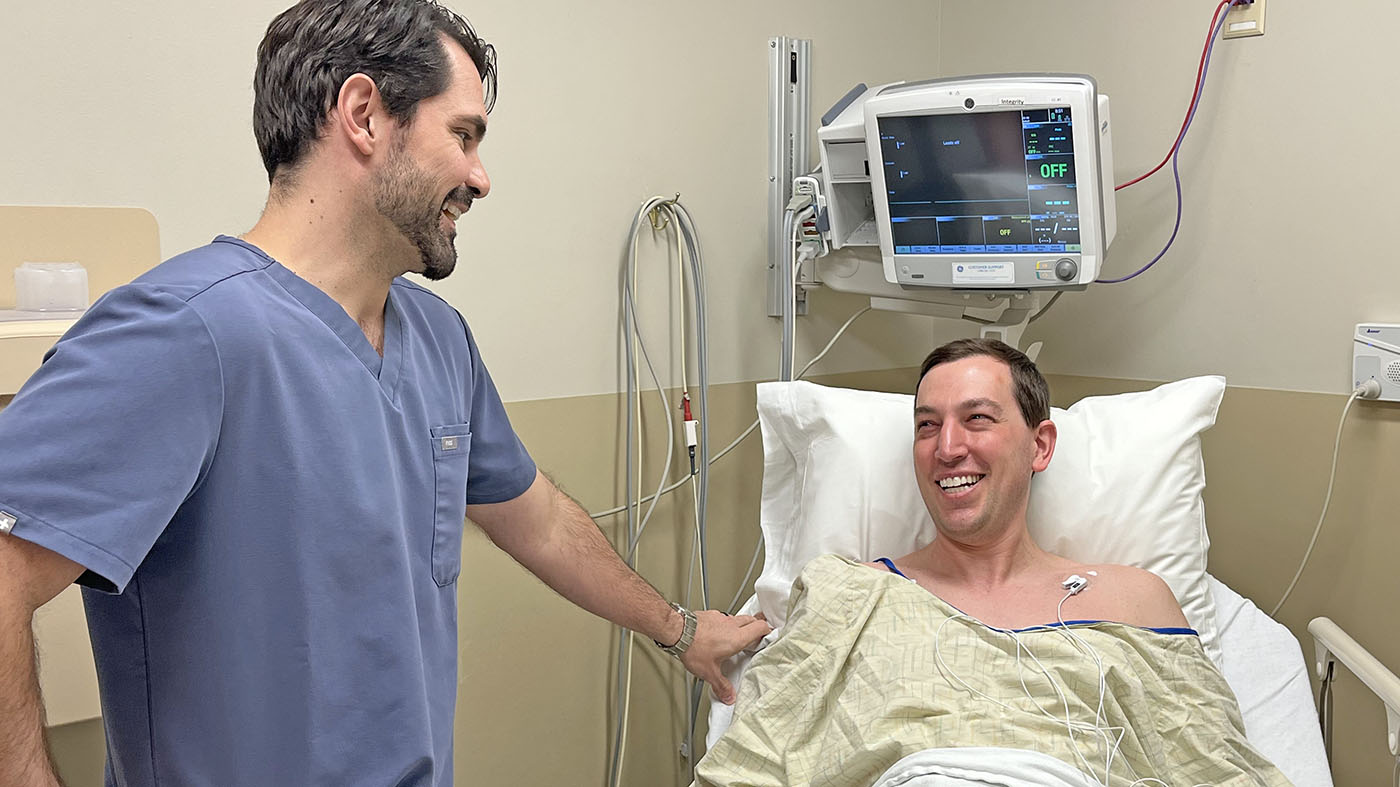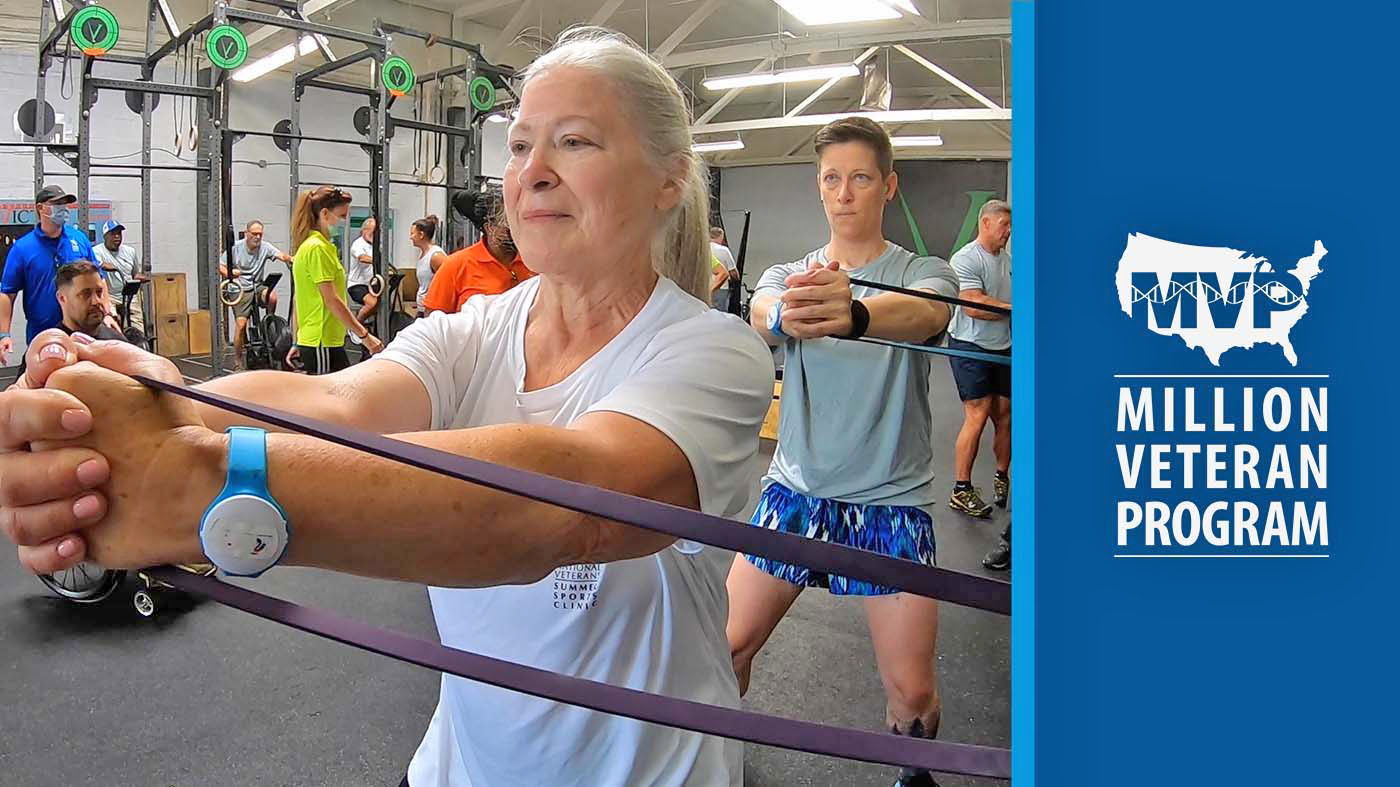Dr. Miranda Orr, who joined Salisbury VA in 2017 as a Research Health scientist and assistant professor at Wake Forest Baptist Hospital, grew up in a very small town in rural northeastern Montana. As a result of her grandmother passing from Alzheimer’s disease, the would-be fourth-generation farmer embarked on a different career path. She wanted to devote herself to finding a cure for the most common cause of dementia worldwide.
“My hometown has fewer than 200 people in it,” she said. “We are mostly farmers and ranchers.”
When her grandmother died, Orr said it was difficult for a young child to accept that her grandmother’s doctors had nothing to give her.
“I thought it was because we didn’t have access to cutting edge health care in that part of the country,” she added. “But it turns out that’s not the case. There simply aren’t cures.”
Needed to become a scientist… so she did
Orr had just graduated from Montana State University. Emboldened by the loss, she asked one of her former professors how she could help find a cure. He told her she would need to become a scientist, and so she did.
She received a Ph.D. in Neuroscience and began focusing on the biology of aging, more specifically, at what point does healthy aging become unhealthy and cause disease.
“For example, if you get a sunburn, your skin cells experience damage and need to make some decisions,” she said. “If the damage is so bad they can’t repair it, they can divide with that damage, which causes cancer. Or the cells may just die.”
And then there is a third option. The cells can become senescent, meaning they don’t die or divide. They survive the damage and become dysfunctional cells.
“They become resistant to death and release substances that are very toxic to neighboring cells,” she said. “And that causes neighboring cells to get sick and they can either die or become senescent as well.”
The most important point of Orr’s study was to prove senescent cells were in the brain and how they could be recognized. Her research in 2018 had identified these cells, but the methods had been developed based on cells growing in a dish, not in an aged human brain.
She and her team weren’t sure if senescent cells were incredibly rare or the methods needed to improve. The only way to better understand the impact of senescence in the brain was to develop more sophisticated methods to identify them.
76 brains, 180,000 cells and four years
“We looked at 76 brains and about 180,000 individual cells from older adults that had passed away in different stages of Alzheimer’s,” she said. “Using a new method, we were able to profile them, one by one, to see if they were senescent.
Because senescence is a complex process, she needed to look for multiple features for confirmation. She discovered that about two percent of the cells were senescent, with most being neurons. These are the brain cells critical to things like learning and memory.
The process took four years to confirm.
“It’s not easy to spot senescence,” said Orr. “We had a good idea what the answer was four years ago, but we had to keep validating and retesting the hypothesis. We used many different approaches to confirm the cells were senescent.”
Just knowing that senescent cells reside in the brain is a big step in finding a way to eliminate them.
Study gaining attention
“We’re excited about our study,” said Orr. “It’s gaining attention, primarily for its implications toward new treatment options. Our team is looking at Alzheimer’s from the perspective of aging. Why as we grow older does our risk for Alzheimer’s increase? As we better understand aging, we may be able to find treatments for age-related diseases.”
Senescent cells accumulate in all tissues as people age and contribute to all sorts of dysfunction. There now are dozens of new biotech and pharmaceutical companies focused on developing therapies to remove these cells.
“We first had to know they were there,” she said. “We are confident that we found unique cells that may contribute to Alzheimer’s. Our hope is that if we target these cells, we may be able to alter the process.”
Orr said a clinical trial is beginning to test whether these drugs – by removing senescent cells – show any benefit to Alzheimer’s.
Focusing on positive impact on human brain health
“I imagine there will be more treatment options specific to each person’s disease stage,” she said. “We have on-going projects to determine at what age senescent cells first appear in the brain. With this information, we may be able to start treating patients in early stages to prevent disease progression and dementia.”
With this study complete, one of Orr’s next challenges will be to see if senescent cells contribute to Lou Gehrig’s Disease (ALS). Veterans are at an increased risk for developing ALS and she wants to know if senescent cells may be contributing.
“The hardest thing for me to do is not think about my research all of the time,” said Orr. “Everything we do in my laboratory is focused on trying to answer questions that may someday make a positive impact on human brain health.”
Topics in this story
More Stories
Navy Veteran and president of the American Medical Association got a colonoscopy and encourages other Veterans to do the same.
Chicago Vet Center and VA gave women Veterans information on VA services available to them.
MVP’s research informs personalized care for Veterans, supporting whole health and beyond.








I need this badly.
Does anyone take in consideration pills taken fpr thyroid replacement have a side effect for some people that may cause dementia?
My Mom was diagnosed with Alzheimer’s over 3 years ago. It’s so hard seeing her crumble and backslide to someone I don’t recognize. She is fine, then constantly crying. She doesn’t recognize her kids, but seems happy to see us, at first. If there was any kind of trial medicine, I would love to know!
“Let food be thy medicine”
– Hypocrites
Your research should start with Dr. Campbell and Dr Ethylstein (spelling is probably wrong). They show irrefutable evidence that meat and dairy cause cognitive decline leading to Alzheimers. My dad showed signs of it, he switched to a P
Whole Foods Plant Based Diet and it improved ten fold. It probably added 10 years to his cognitive life.
It’s all because we’ve stepped away from the perfect diet given in Genesis 1…The herb yielding seed and the fruit who’s seed was itself after its kind.
If we’d only listen
Many of the medical inflictions of old age are caused by the chemicals introduced into our food system over the past 60 to 70 years, and nothing is being done about it because of the money involved.
God bless the search for drug that eliminates senescent cells; and is successful